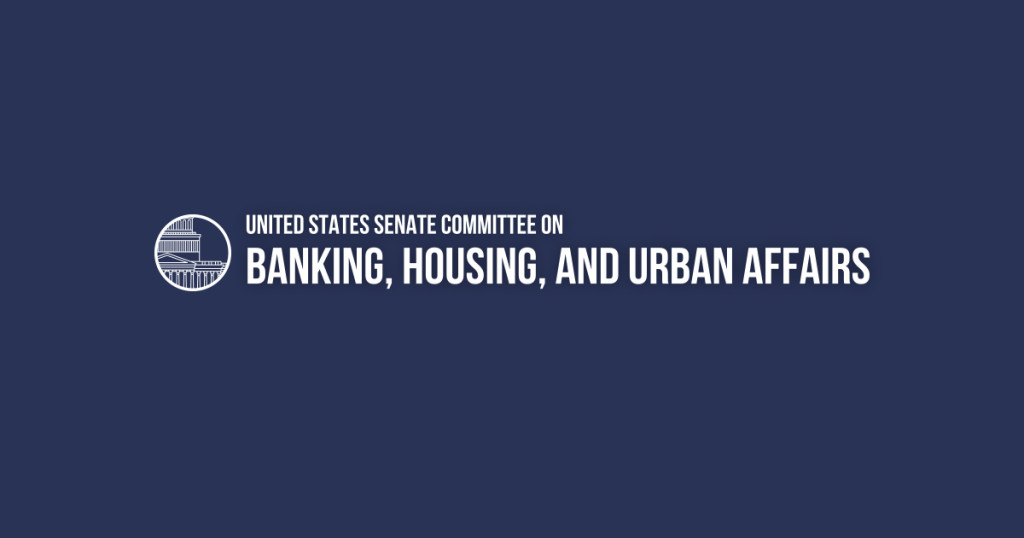In a powerful series of testimony given at the recent Senate banking hearing transportation and public transit were front and center. Patrick McKenna, director of the Missouri Department of Transportation and American Association of State Highway and Transportation Officials, along with several other transportation experts and officials testified to the importance, impact, and economic value of investing in public transit.
“We cannot streamline our way into providing a safe and sound transportation system,” McKenna stressed. “We cannot cut our way to buying steel, concrete, asphalt, equipment, and labor. We must work together to move transportation policy in the direction of providing safety, service, and stability for all.”
The Senate Committee on Banking, Housing, and Urban Affairs hearing on surface transportation funding issues focused on the fiscal needs of transit systems across the United States and also how those systems help buttress the nation’s economy.
“State departments of transportation remain committed to assisting Congress in the development of strategies to ensure long-term economic growth and enhanced quality of life through robust investments in public transportation programs and projects,” explained McKenna. “We’re trying to be more dynamic in meeting the needs of our citizens… For example, access to transit in rural areas helps people age-in-place in our communities,” he pointed out. “Also, in many cases, we find in some of our communities – particularly those ringing the outer edge of our major metropolitan areas, like St. Louis and Kansas City – that housing affordability is a difficult issue and access to vehicles is a difficult issue. So it is critical to keep in mind the time and the cost of connecting housing with where people are working, seeking medical treatment, and where they are grocery shopping. That is a critical part of what we are incorporating into our transportation planning,” he said.
“It’s pretty simple – when you have better, faster transit service, more people use it,” Sen. Sherrod Brown, D-Ohio, the committee’s ranking member, echoed those points in his comments at the hearing. “In addition to connecting more workers to jobs, transit reduces highway congestion. Again, it’s pretty simple: when there are fewer people on the roads, those that do have to drive get to work faster. When we build better public transportation, everyone wins.”
“Public transit provides a high-capacity mobility alternative. And it saves riders money. APTA estimates that a person who switches his or her daily commute from driving to taking public transportation can save $10,000 a year. Yet, we still have more work to do to provide these benefits and access to opportunities to more communities [as] 45 percent of Americans do not have access to public transportation,” said Paul Skoutelas, president and CEO of the American Public Transportation Association.
“We believe that the wisest path forward is to raise the federal gas tax in a responsible, incremental way while also beginning the transition to more sustainable funding mechanisms like vehicle miles traveled concepts,” he said in his remarks. “VMT concepts must be launched … to take into account electric vehicle usage. [But] these concepts must not disproportionately impact rural parts of the nation where residents must travel further to access work, education, health care, and other vital activities,” Scott Bogren, executive director of the Community Transportation Association of America, explaining why he believes new funding mechanisms to meet the mobility needs of Americans need to be explored.
